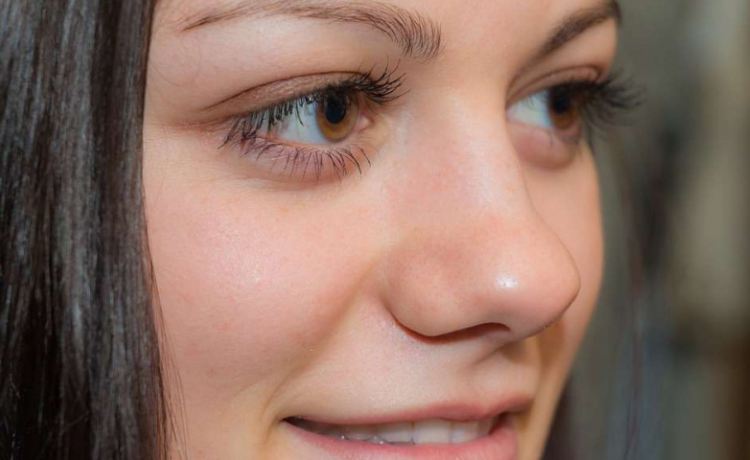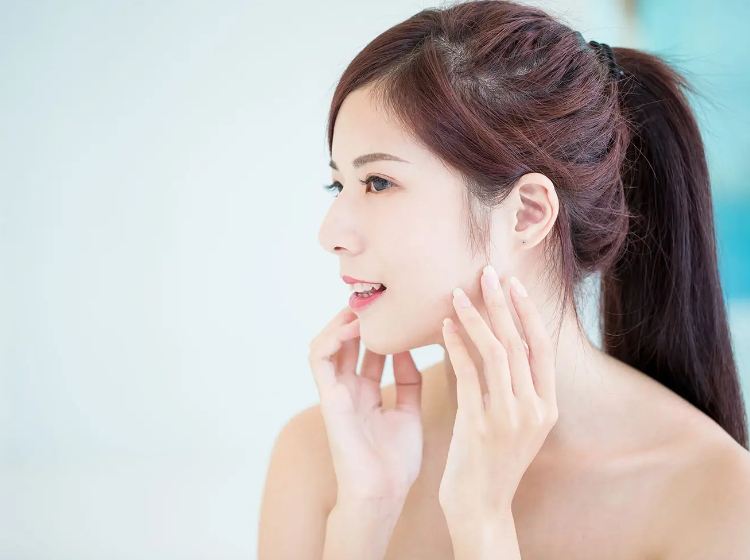
While hair removal creams are designed for various areas of the body, their application on facial skin is particularly significant. As such, many individuals question the safety of using these creams on the delicate skin of the face.
If you find yourself pondering this same concern, this article will delve into the mechanisms behind facial hair removal creams, their safety profile, and relevant scientific studies.
Table of Contents:
Part 1: Understanding Hair Removal Creams for the Face
Facial hair removal creamshair strands
The depilatory creams meant for facial use are specifically designed with a focus on ensuring compatibility with sensitive skin. These formulations typically incorporate lower concentrations of active chemicals and additional soothing agents compared to their counterparts intended for body hair removal.
This gentle formulation makes them particularly suitable for application on facial skin.
Part 2: The Mechanism Behind Hair Removal Creams

The process by which depilatory creams eliminate unwanted hair is rooted in their chemical composition. Key ingredients, such as thioglycolic acid (often in calcium or potassium salt form), calcium hydroxide, and lactic acid, play critical roles in hair removal.
Among these, thioglycolic acid is the most effective. Research has demonstrated its ability to break down hair strands [2].
Hair is comprised of keratin, and thioglycolic acid acts as an anti-keratin agent. It penetrates the hair's cortex, degrades the proteins within, transforms the hair into a jelly-like substance, and weakens it to such an extent that a simple swipe can remove it from the skin's surface.
It is crucial to understand that depilatory creams operate only on the skin's surface, targeting the middle of the hair shaft rather than the root. This explains why hair tends to regrow within a matter of days.
Part 3: Approved Areas for Hair Removal Cream Use
Hair removal creamsintimate areas
However, many women also apply them to facial areas, particularly the upper lip, chin, and sideburns. Regardless of whether the cream is intended for use on the body or face, conducting a patch test 24 to 48 hours prior to full application is essential.
Part 4: Do Hair Removal Creams Really Work?
Indeed, hair removal creams are effective, and a majority of users express satisfaction with the results. However, a pertinent question arises regarding their long-term usage. We will explore this topic in the upcoming sections.
In addition, here’s a brief guide on how to properly use hair removal creams.
Part 5: Benefits of Hair Removal Creams

Let’s discuss what contributes to the popularity of hair removal creams.
Convenience:
Utilizing hair removal creams is remarkably straightforward. There is no need for salon visits, exorbitant weekly expenses, or the discomfort associated with other hair removal methods; hair removal creams offer a pain-free and convenient solution.
Cost-Effectiveness:
A quality hair removal creamcomplete body hair removal
Versatile Application:
Many people hesitate to use various hair removal techniques on sensitive areas. Nonetheless, hair removal creams can be safely applied to all parts of the body, including intimate zones.
Part 6: Potential Side Effects of Hair Removal Creams
Although hair removal creams are widely used for body hair, their application to the face is somewhat controversial. Let’s explore the reasons behind this, along with the clarification of a common myth: hair removal creams do not cause cancer, as addressed in the article "Does Hair Removal Cream Cause Cancer? (Including Nair & Veet)."






































